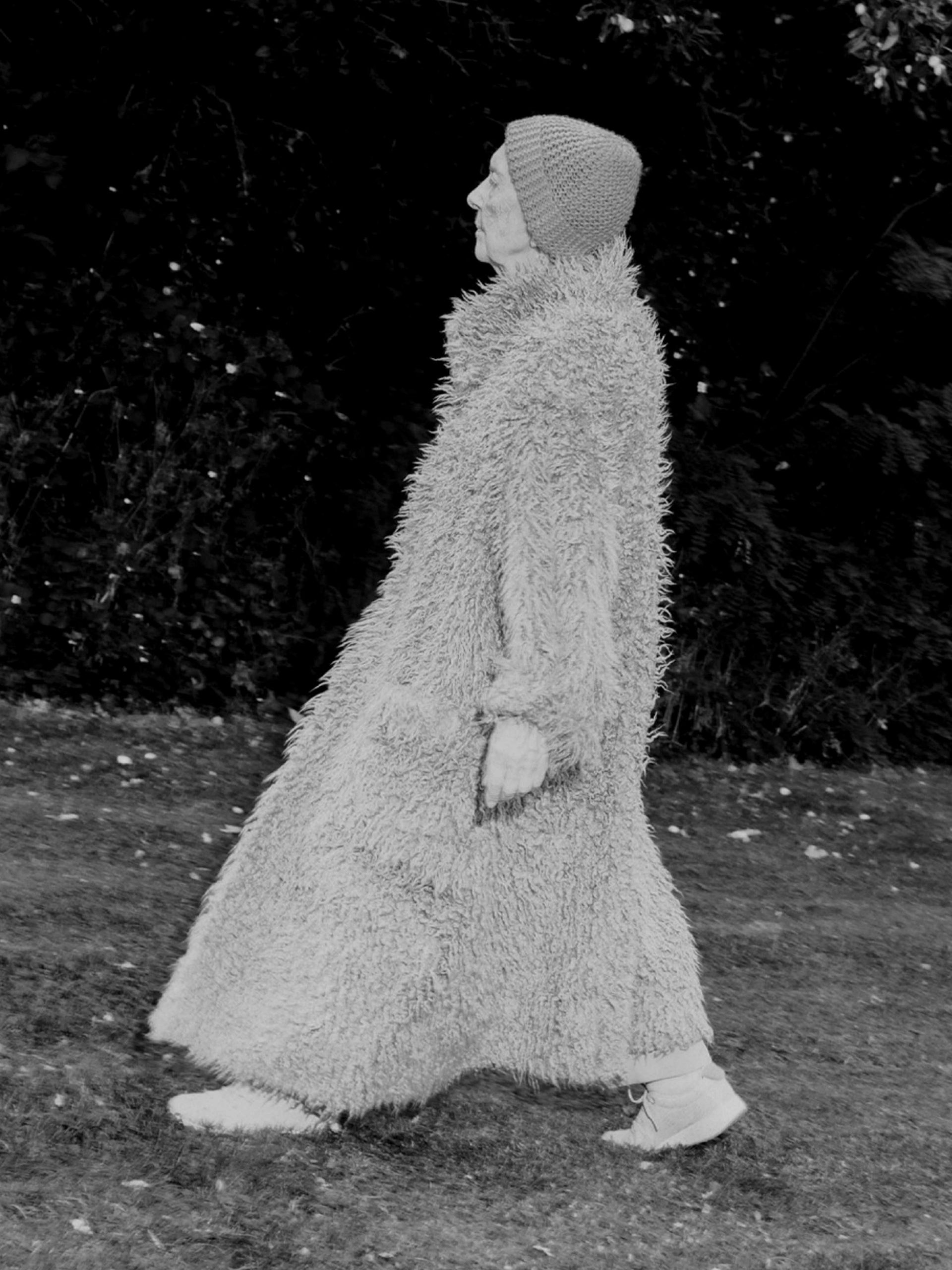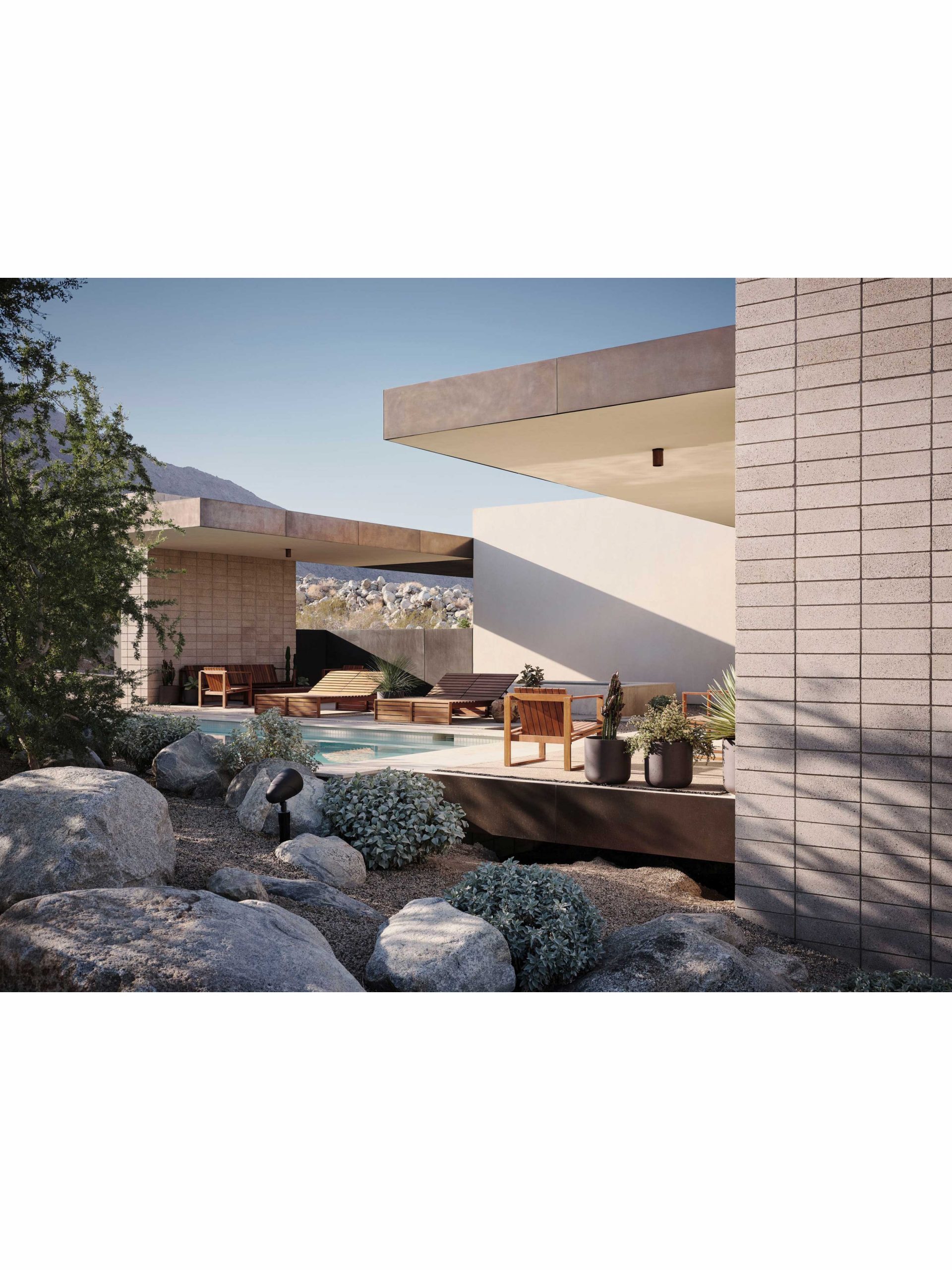BODIL KJÆR

Architect, designer and planner Bodil Kjær was born in 1932. After graduating from Frederiksberg technical school and the school for interior architecture in Copenhagen, she worked as a designer, founding her own studio in Denmark in 1960. In 1965 she received a scholarship and moved to London. While there, she studied at the Royal College of Art and the Architectural Association School of Architecture. At the engineering and architectural company Arup Group she became deeply interested in how social and physical conditions in the workplace could be improved through architecture, design and interdisciplinary collaboration.
Ahead of her time, Kjær developed, among other things, modern light furniture series—which she herself preferred to call “elements of architecture” —and which supported collaboration and flexibility in a time when workplaces were arranged heavily and hierarchically. Between 1955 and 1963 she developed a series of furniture, lamps, and glass. Lauded by other architects, Kjær's designs went into production in the U.S. and Europe. In 1964, Kjær's work was published in the New York Times, marking the beginning of her international breakthrough, and several of her furniture designs came to feature in major film productions like the early James Bond movies. For many years, she collaborated with engineers, sociologists, and organizational planners to design healthy, flexible work environments for offices, universities, and factories.
In 1981, Bodil Kjær was recruited for a tenured professorship at the University of Maryland. During this period, she was also a visiting teacher at recognized universities and schools of architecture in Europe and the US. Her architectural research during this time was later published in Cambridge, Paris, London, Washington D.C. and Boston.
Kjær’s human-centered process has always been concerned with solving social problems rather than creating icons, yet still, her designs are enduring classics. Her contributions have been recognized with a number of awards, most recently she received the 2022 Statens Kunstfonds' Lifetime Honorarium for her work as a designer and architect, as well as her long career as a researcher, teacher and communicator of Danish architecture through her countless articles and lectures. That same year, she received the The Thorvald Bindesbøll Medal and the Danish Design Council Honorary Prize, and in 2018 she was awarded first prize at the Danish Design Awards.
Form Portfolios
Form House
115 Benevolent St
Providence, RI 02906
USA
Form Studio
Badstuestræde 17
1209 Copenhagen
Denmark


